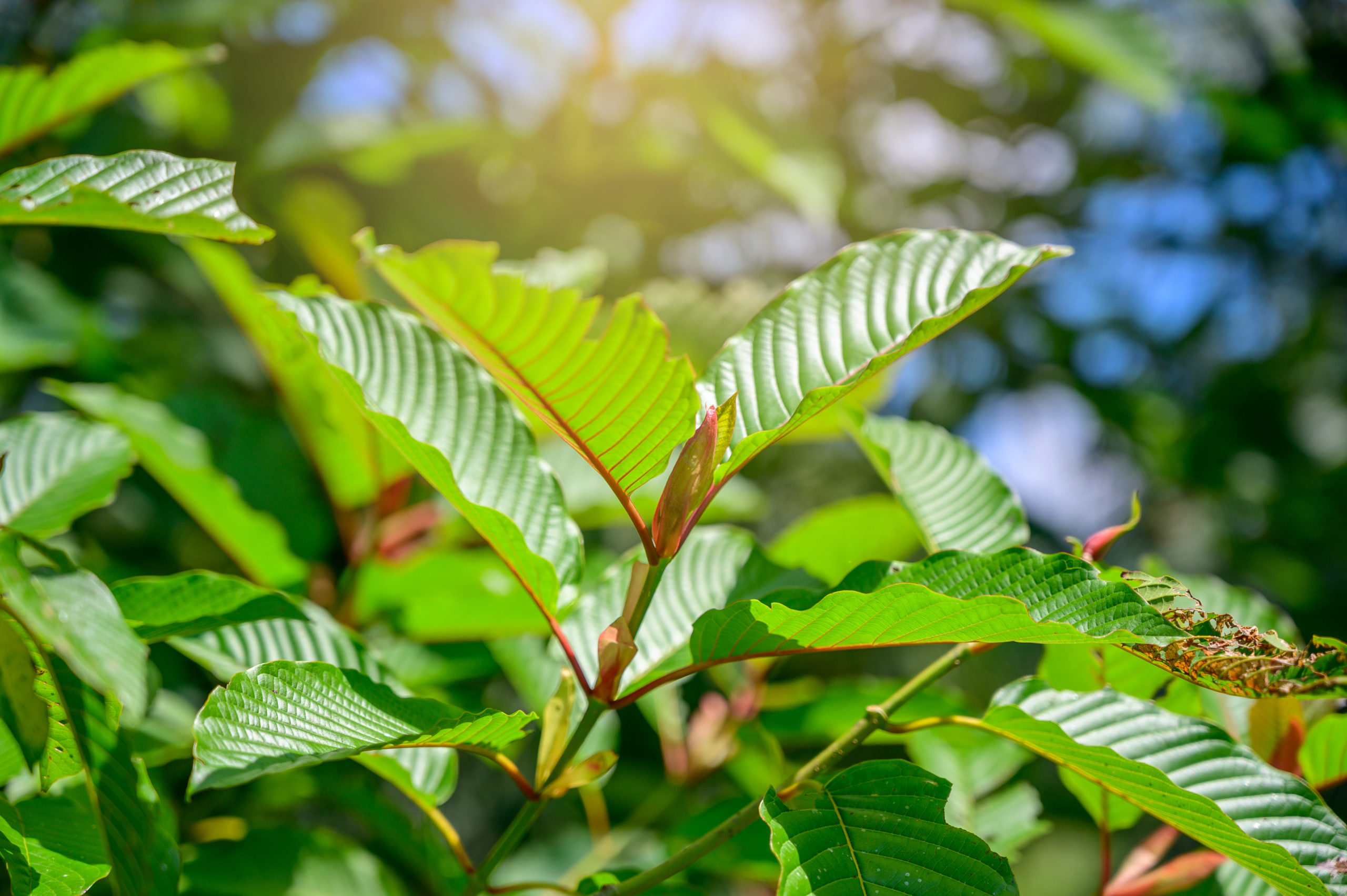Today we’re talking about everyone’s favorite, the TSA.
Well, not exactly the TSA, but we’re outlining everything you need to know about flying on a plane with kratom.
Briefly, What is Kratom
Kratom is a natural botanical that comes from the kratom tree native to Southeast Asia.
While it has risks, which is partially responsible for the middle-ground of legality, when used appropriately it has a ton of health benefits as well.
We cover both the good and the bad of kratom in our catalog of articles on kratom.
Is It Legal to Fly With Kratom?
In simple words: yes. At least, in most of the United States.
Nationally, kratom is legal. With the exception of a few states, flying with kratom is the same as flying with an over the counter medication, like Tylenol.
In most of the country, you can put your pack of kratom in your carry-on back, or your checked bag. Legally, you have nothing to worry about.
And practically, you have nothing to worry about either.
Remember that the TSA exists to prevent dangers to the flights, not to police the traffic of small amounts of substances, especially legal substances.
Put more simply, they don’t care.
And if they do care to the point where they want to test your kratom as an illegal substance with their little kit (they won’t), you still won’t have anything to worry about, unless you mixed up your kratom with the substances you use to make bombs.
Oh? You don’t make bombs? Then you have nothing to worry about.
Since Kratom Isn’t Well-Known, You Might Get Asked About It
TSA people aren’t experts in botanical herbs. They don’t know if that package of kratom is a legal herb, or meth, or bomb powder.
As such, they might ask you what it is.
We recommend only bringing unopened packages with that kratom labeled. This way you can show what it is and that the seal hasn’t been broken. If they ask what it is, and we say this from personal experience, just say, “it’s a supplement for my back pain.”
Which is true, anyway.
For all they know, it’s a packet of protein powder. And legally, they have no right to take it or detain you just as they have no right to take away your protein powder.
It’s not really their job to care. And most of them could give two shits.
Keep in Mind the Liquid Rule
Whether it’s water or another liquid, if you’ve flown before you know that you can’t bring anything that’s more than 3.4 ounces (100 milliliters) of liquid.
This is not a problem with kratom powders, and most extracts come in airport-friendly sizes as well. However, keep it in mind to check the size of your kratom extracts.
States Where Kratom is Illegal
If you’re flying to or from a state where it’s illegal, we advise against bringing kratom.
Here’s the list:
- Alabama
- Arkansas
- Indiana
- Rhode Island
- Vermont
- Wisconsin
Since TSA functions on the national level, there’s a good chance they won’t know or care about the state laws of kratom. But if you’re in a state where it’s illegal and you possess it, that could lead to complications. In this case, leave your kratom behind, or make sure you talk to a lawyer and thoroughly understand the subtleties of the laws in the state.
Countries Where Kratom Is Illegal
For international travel, do not risk it. I don’t think you want to get detained in Thailand.
Here’s the list of countries where kratom is illegal:
- Australia
- Denmark
- Finland
- Israel
- Japan
- Latvia
- Lithuania
- Myanmar
- Malaysia
- New Zealand (unless the person has a prescription from a doctor)
- Poland
- Romania
- Russia
- Singapore
- South Korea
- Sweden
- Thailand
- Vietnam
Keep in mind, even countries where it’s legal, just like the US, there are various local and regional laws, so do your thorough research if you’re traveling internationally.
Carry-On Versus Checked Bag
For kratom, it doesn’t matter. It’s legal or illegal regardless of which bag it’s in. The only possible difference here is if you have a liquid kratom extract that’s more than 100ml, in which case you’ll have to put it in a checked back.
Having it in your checked bag may save you the annoying conversation with the TSA, so if you’re checking a bag, you might as well put it there.


2 Pingbacks